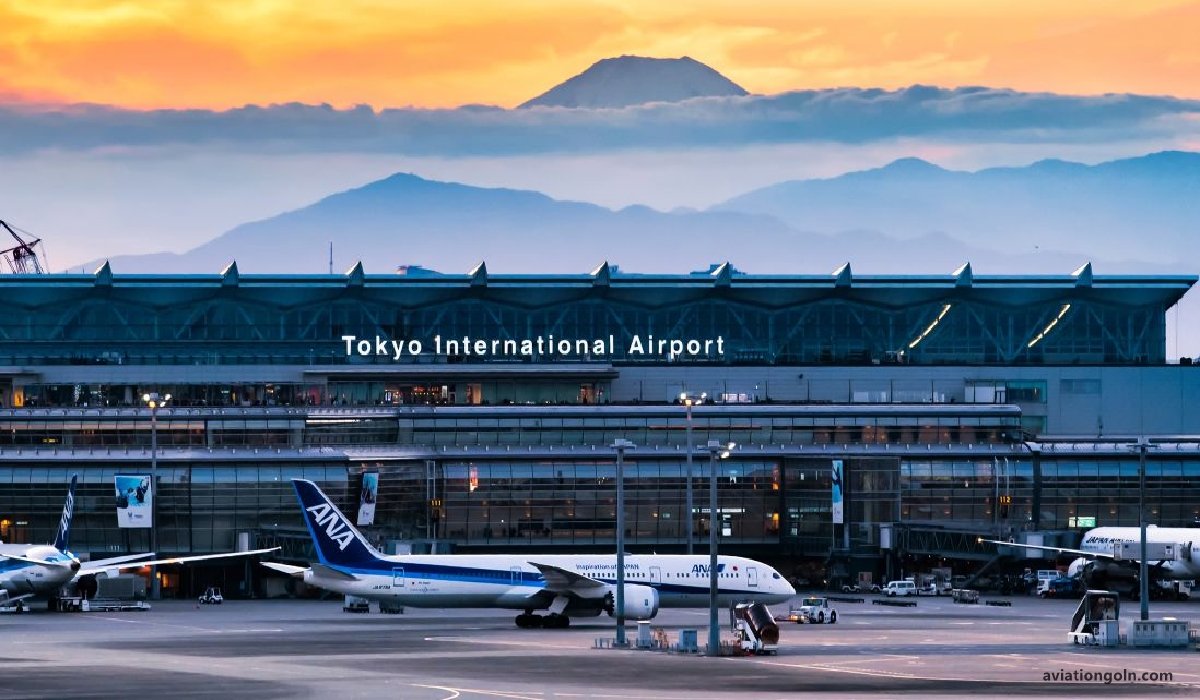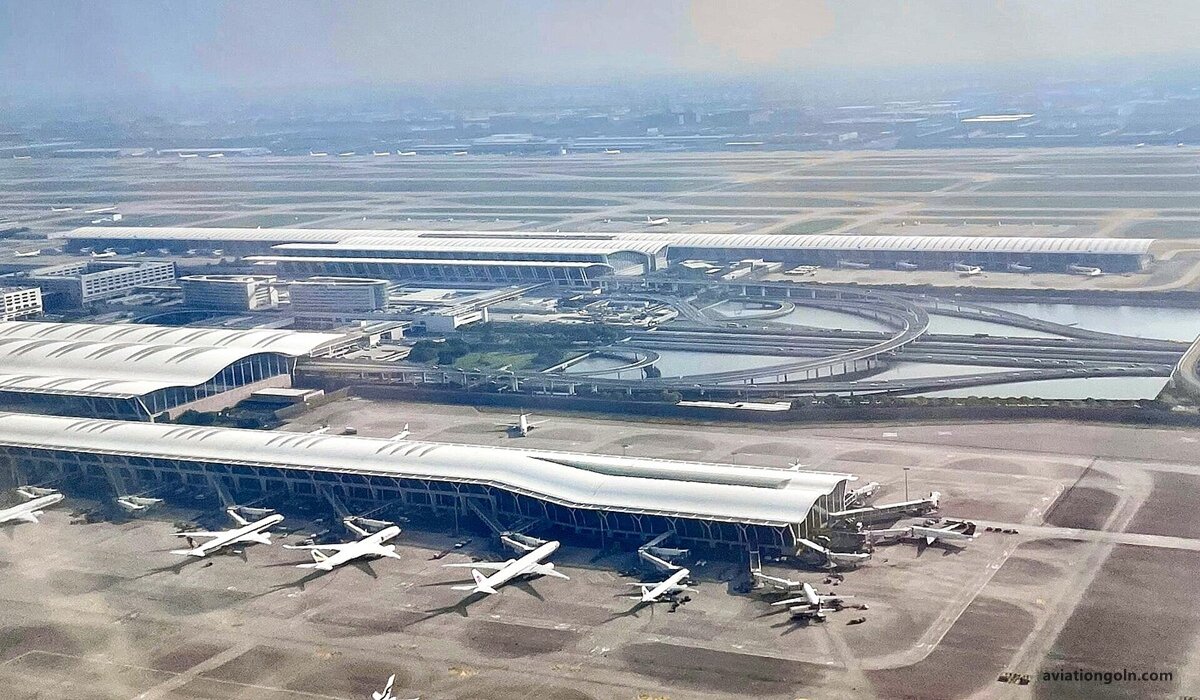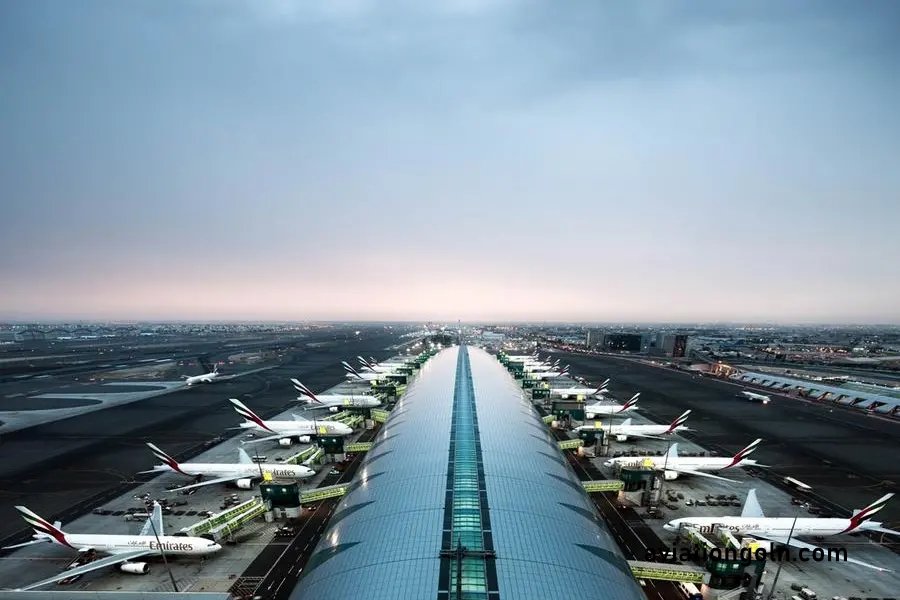Airport Branding and Communication: Airports, once viewed solely as transportation hubs, have transformed into commercial entities with distinct identities, offering unique experiences to travelers. As global travel continues to grow, airports, like any other business, are delving into branding and communication strategies to distinguish themselves in the market. This article explores the intricacies of airport branding and communication and delves into effective airport marketing strategies.
Airport Branding and Communication: Airport Marketing

Understanding the Modern Airport
Today’s airports are multifaceted establishments. They are no longer just about departures and arrivals. Modern airports have:
- Retail Outlets: From luxury brands to local handicrafts.
- Dining Experiences: Representing international and local cuisines.
- Entertainment Zones: Play areas, cinemas, and even mini-museums.
- Service Centers: Spas, lounges, and hotels.
Considering this expansion, branding and communication has become paramount.

The Importance of Branding
Branding is the process of creating a distinct image and identity for an entity. For airports, this encompasses:
- Unique Identity: Every airport has a story. Whether it’s an ancient city’s gateway or a modern marvel, the airport’s branding should reflect its unique character.
- Consistency: Travelers should experience consistent messaging, visuals, and service quality.
- Emotional Connect: The best brands evoke emotions. An airport brand might signify safety, luxury, efficiency, or a mix of these elements.

The Role of Communication
Communication complements branding. It’s about conveying the brand’s message to the intended audience effectively. This includes:
- Engaging Content: From social media posts to in-terminal digital displays.
- Feedback Mechanisms: Ensuring passengers can communicate their experiences, suggestions, or complaints.
- Crisis Communication: Efficiently managing communication during unexpected events or disruptions.

Strategies for Effective Airport Marketing
- Segmentation: Recognize the diverse audience — business travelers, tourists, families, and frequent flyers. Tailor messaging and services accordingly.
- Leverage Digital Platforms: From social media promotions showcasing airport amenities to SEO strategies for the airport website, the digital realm offers immense potential.
- Feedback-Driven Improvements: Use passenger feedback to refine services and communicate improvements proactively.

- Engage Local Culture: Integrate local culture and traditions into the airport experience — art installations, cultural performances, or local cuisine.
- Sustainability Messaging: More travelers are eco-conscious. Highlight the airport’s green initiatives, from waste management to energy-efficient infrastructures.

Challenges in Airport Marketing
- Diverse Audience: Serving a global clientele means catering to varied preferences and cultural nuances.
- Safety and Security: Airports are high-security zones, and messaging should reinforce the importance of safety without causing alarm.
- Operational Hiccups: Delays, cancellations, or any disruptions can affect the airport’s brand image. Effective crisis communication becomes crucial.
- Evolving Technologies: With technological advancements, airports must continually update their services and communication tools.

Case Study: Changi Airport – Beyond Transportation
Singapore’s Changi Airport is a stellar example of airport branding and marketing done right. Ranked as one of the world’s best airports, Changi’s success is not just about efficient operations but also its branding and communication strategies.
- Experience Creation: From the Jewel’s Rain Vortex, the world’s tallest indoor waterfall, to butterfly gardens, Changi offers unparalleled airport experiences.
- Digital Prowess: Changi’s website and mobile app provide travelers with real-time updates, interactive maps, and even e-commerce options.
- Engaging Content: From social media campaigns highlighting airport features to video content showcasing behind-the-scenes operations, Changi keeps its audience engaged.
- Feedback Systems: Changi emphasizes passenger feedback, with terminals equipped with instant feedback systems and a dedicated team addressing concerns.

The Future: The Role of Technology in Airport Marketing
Technology is reshaping airport branding and communication:
- Augmented Reality (AR) and Virtual Reality (VR): Airports can use AR and VR for virtual tours, interactive maps, or even in-terminal games and experiences.
- Artificial Intelligence (AI): Chatbots can provide instant responses to passenger queries, and predictive analytics can help airports tailor offers or services based on traveler behavior.
- Biometric Systems: As safety continues to be paramount, airports can highlight the integration of biometric systems in their branding, signifying a seamless yet secure travel experience.
- Sustainable Technologies: Green energy solutions, waste reduction technologies, and eco-friendly constructions can be integrated into the airport’s branding message, appealing to the environmentally conscious traveler.

Airports, in today’s interconnected global environment, are more than just points of transit. They are symbols of cities or even nations, representing a blend of efficiency, hospitality, culture, and innovation. As competition intensifies with airports vying to be the preferred choice for travelers, effective branding, communication, and marketing strategies become the differentiators.
Airport marketing is not just about showcasing facilities; it’s about narrating a story, crafting an experience, and ensuring that every traveler, regardless of their destination, begins and ends their journey with a memorable encounter. In this era of experiential travel, airports play a pivotal role, and with strategic branding and communication, they can etch themselves into the global traveler’s itinerary.
See more:
